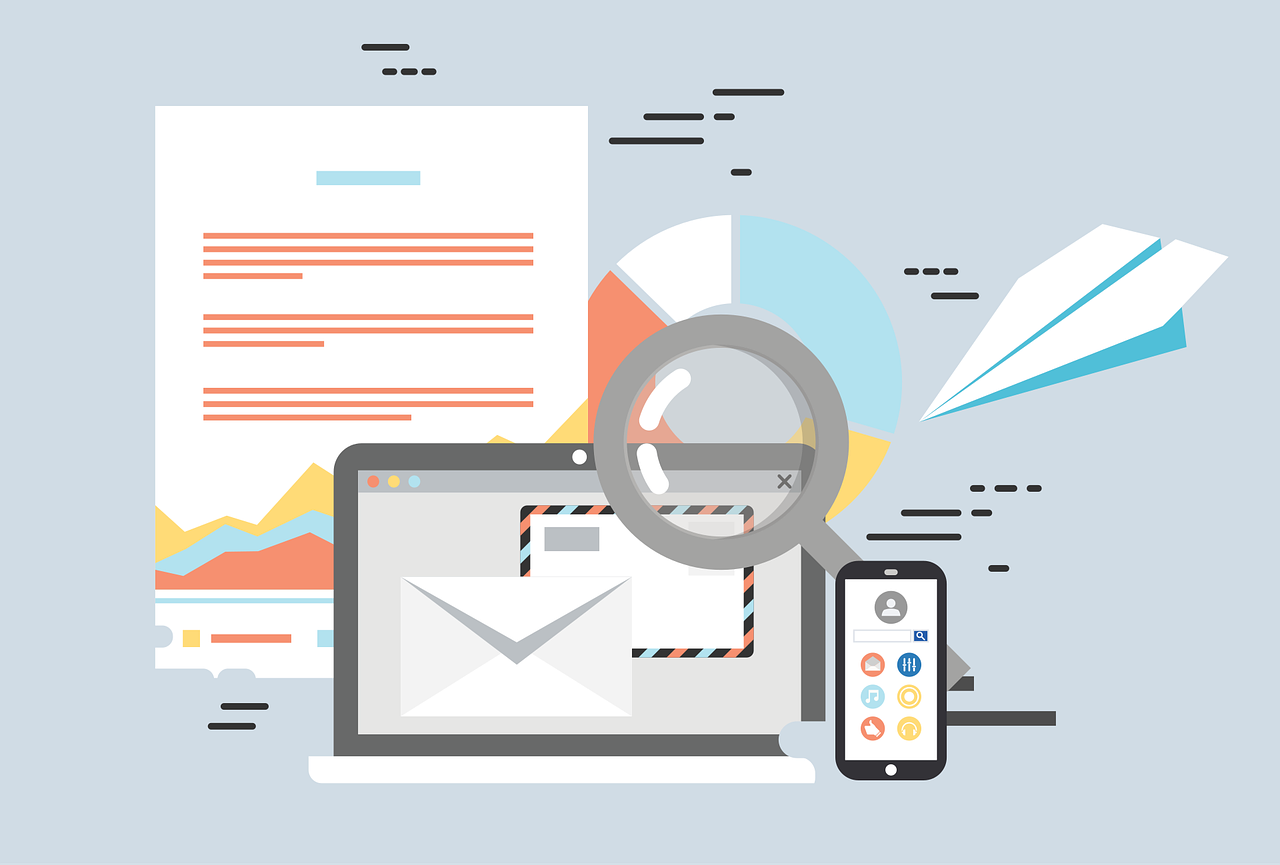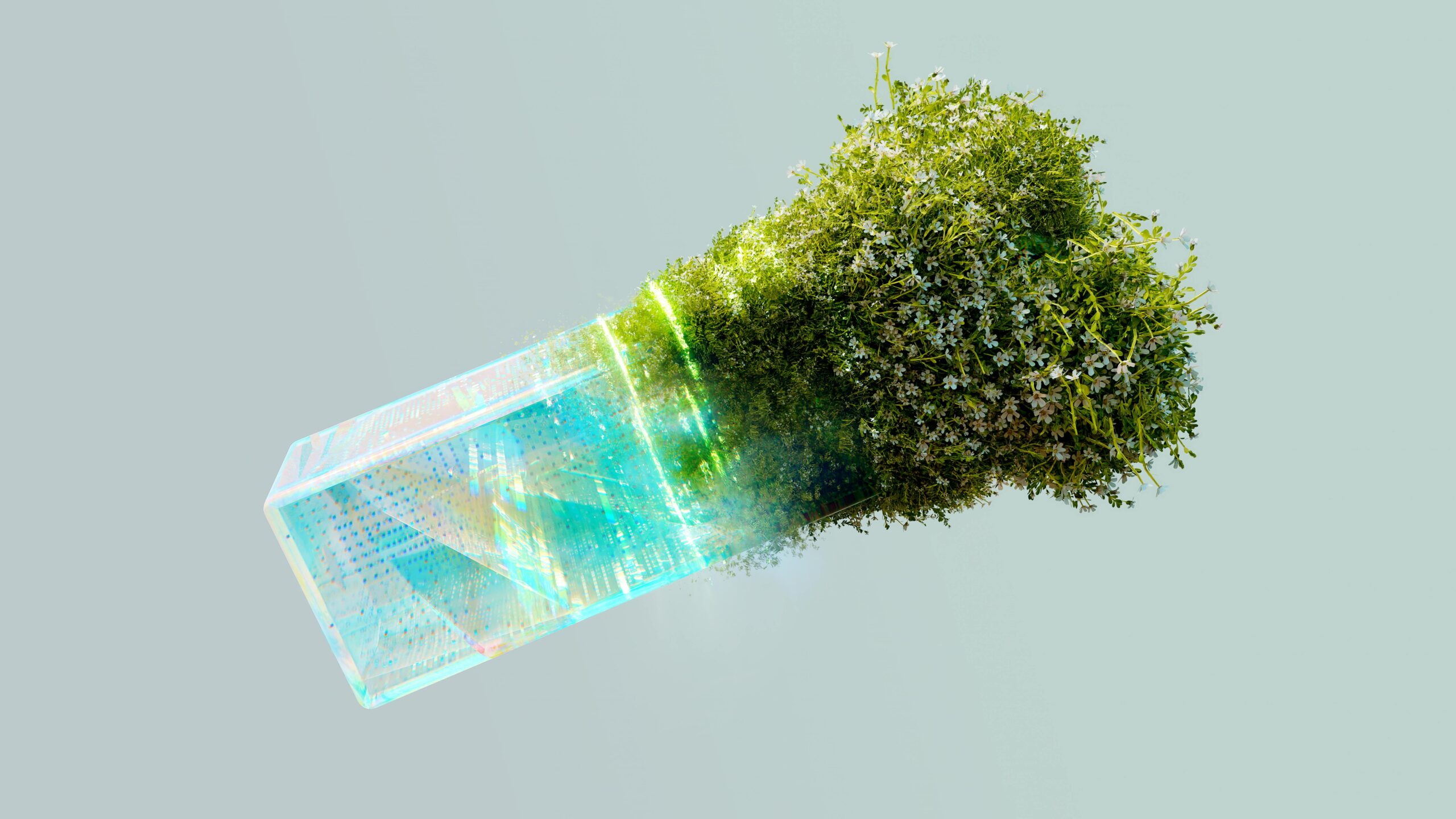Clean Energy
Clean energy is energy that comes from renewable, zero-emission sources that do not pollute the atmosphere when used, as well as energy saved by energy efficiency measures. A clean energy revolution is taking place across the globe, underscored by the steady expansion of the renewable energy sector.
The clean energy industry generates hundreds of billions in economic activity and is expected to continue to grow rapidly in the coming years. There is tremendous economic opportunity for the countries that invent, manufacture and export clean energy technologies.
Responsible development of all of the rich energy resources — including solar, wind, water, geothermal, bioenergy & nuclear — would help ensure countries’ leadership in clean energy. Moving forward, the Energy Department would continue to drive strategic investments in the transition to a cleaner, domestic and more secure energy future.
The most important aspect of clean energy is the environmental benefits as part of a global energy future. While clean, renewable resources also preserve the world’s natural resources, they also reduce the risk of environmental disasters, such as fuel spills or the problems associated with natural gas leaks. With fuel diversification, through different power plants using different energy sources, it is possible to create reliable power supplies to enhance energy security, ensuring there is enough to meet our demands. Clean energy provides a variety of environmental and economic benefits, including a reduction in air pollution. A diverse clean energy supply also reduces the dependence on imported fuels and the associated financial and environmental costs that incur. Renewable clean energy also has inherent cost savings, as there is no need to extract and transport fuels, such as oil or coal, as the resources replenish themselves naturally. Another industrial benefit of a clean energy mix is the creation of jobs to develop, manufacture and install the clean energy resources of the future.
Clean energy does not produce GHG emissions, or any other environmental pollution, which aids in the fight against global climate change. However, clean energy possesses geographic limitations and offers intermittent production peaks depending on weather conditions that would highly benefit from a smart grid.
A few Clean energy sources are listed below:
Solar Energy: When photovoltaic cells in solar panels absorb energy from sunlight, an electrical charge is created that moves in response to an internal electric field in the cell and creates electricity. This process is renewable because the sun would continue to emit energy until it goes supernova. It is also clean because no GHGs are emitted during operation. Following proper disposal methods of hazardous chemicals associated with PVCs and placing solar panels in less populated areas or on top of buildings minimises any negative environmental impacts, making it a green energy source.
Wind Energy: Natural wind turns the blades of wind turbines around a rotor, which spins a generator to generate electricity. This process is renewable because as long as the wind blows, wind power can be harnessed. It is also clean because no GHGs are emitted during its operation. Land use, wildlife impact, and public health concerns are mitigated by proper planning and siting of wind farms thus making them a green energy source.
Geothermal Energy: Drilling down to hot water reservoirs creates steam that rotates a turbine, which spins a generator to generate electricity. This process is renewable because the Earth has an almost unlimited supply of heat generated by its core, and the water extracted from the reservoirs can be recycled via re-injection into the ground. The process is also clean because although it does release minute amounts of carbon dioxide, the amount is almost negligible. Negative environmental impacts are minimised by only drilling to shallow depths, siting power plants away from major fault lines, and properly disposing of hazardous waste captured by the scrubbers, making it a green energy source.
Low-Impact Hydropower: These are projects that generate 10 MW or less of power. Flowing water turns turbines, which spin a generator to generate electricity. This process is renewable because the water cycle is a continuous process that recharges itself. It is also clean because, on a small scale, hydropower produces very few GHGs. Installing small turbines in irrigation canals, water-treatment plant outfalls, and existing hydroelectric facilities mitigates emissions and environmental impact, making it a green energy source.
Nuclear Energy: During nuclear fission, an enormous amount of energy is released when electromagnetic radiation is used to split the nucleus of a uranium atom (U-235). The process of nuclear fission is clean because it does not produce GHG emissions, but nuclear energy is not green because it does require mining, extraction, and long-term radioactive waste storage which are threats to the environment. It is also not renewable because there is a finite supply of U-235, the uranium isotope used in nuclear power plants, on Earth. Already most of our U-235 has been used up because it has a half-life of about 700 million years.
Nuclear energy is clean because the generation of energy does not produce GHGs. It is not green though because mining, extraction, and long-term radioactive waste storage are threats to the environment, and U-235 is a nonrenewable resource.
How Can Clean Energy Be Used?
Clean energy can be used for a variety of different applications, from electricity generation to heating water and more, depending on the source of the energy.
Electricity generation – Solar energy can be used for heating and lighting buildings, generating electricity, heating water directly, cooling and more. Solar panels acquire energy from the sun and turn it into electricity. Solar panels are frequently used for small electric tasks, such as charging batteries. However, this same clean energy technology can be scaled up to larger panels that are used to provide power for homes or other buildings or even installations of multiple solar panels, such as with a community solar panel array to power entire towns.
Water is another clean resource with some surprising applications. Most obvious are hydroelectric power plants, which take the flow of water from rivers, streams or lakes to create electricity. A less obvious use of water comes through municipal pipes in towns and cities. With lots of water running through pipes in homes each day, there is a move towards harnessing this energy to help meet domestic and other power needs. As generators become smaller and less expensive to build, this use of municipal water is becoming closer to being a daily reality.
Wind power works by attaching a windmill to a generator which turns the turning of the windmill blades into power. This form of energy has been used for a long to grind grain, pump water or perform other mechanical tasks, but is now being used more often to produce electricity. Onshore and offshore wind farms are becoming increasingly prevalent, but wind power can also be used on a much smaller scale to produce electricity, even to provide a source of power for recharging mobile telephones.
The Future of Clean Energy
The future of clean energy looks promising, with recent years showing that more renewable energy capacity has been installed globally than new fossil fuel and nuclear capacity combined. Renewable sources now make up over one-third of globally installed power capacity. As the world population continues to grow, there is an ever-increasing demand for energy. Renewable sources of energy are the answer to providing sustainable energy solutions, while also protecting the planet from climate change.
The take-up of clean energy is not just happening on a national level as cities and states are also creating policies to increase renewable energy use. In the United States, 29 states have set renewable energy portfolios to mandate that a certain percentage of energy consumed should come from renewable sources and over 100 cities around the world now use at least 70% renewable energy. As more cities drive towards becoming 100% renewable, corporations are also playing a part by purchasing record levels of renewable power.
Due to fossil fuels being a finite resource, it makes sense that the future is renewable and so it is expected that renewable sources will continue to increase in number, driving down the cost too.
Reduction of Global Warming
Humans have been using fossil fuels for centuries and, as their use increases, the release of the greenhouse gases that are produced when these fuels are burned also increased. These greenhouse gases trap heat in the atmosphere causing the temperature of the Earth to rise. This global warming is one symptom of climate change that has seen a rise in extreme weather events, shifting wildlife habitats and populations, rising sea levels and other impacts.
Because renewable energy sources do not emit greenhouse gases such as carbon dioxide, they do not contribute to global warming. While measures such as reforestation can help to alleviate the damage already done to the climate, these renewable sources mean that climate change is not being advanced, combining to reduce global warming.
Financial Impacts of Clean Energy on the Economy
There are financial benefits related to clean energy. There is a creation of work to improve the infrastructure, manufacture clean energy solutions and install and maintain them. Renewable and clean energy are growth sectors as the world begins to move away from fossil fuels, meaning that more opportunities would arise in areas ranging from eMobility to power generation and storage.
The expertise that comes with developing these next-generation power solutions can be of benefit to those that attain it, offering work and contracts to those who are slow to update to clean energy. The renewable energy industry is more labour intensive than its fossil fuel counterpart, meaning on average greater job creation. The industry also creates positive ripple effects down to the renewable energy supply chain and unrelated businesses due to increased household incomes.
Notwithstanding the financial implications of clean energy, the real incentive behind clean energy is creating a better future for the planet. But, as fossil fuel use declines, so will the associated financial rewards, meaning that clean energy is not just good for the environment but it is a forward step for the industry too.
Clean energy appears to be the future for the power needs of humanity across the globe as reliance on fossil fuels continues to decrease with every passing day. As the drive towards clean, green and renewable energy continues to advance, the cost will fall and work will be created to develop and install these new power solutions. Renewable energy sources such as wind, solar, hydro and geothermal do not entail fuel costs or require transportation, and therefore offer greater price stability. Some electric utilities factor this into their retail electricity prices, exempting customers that buy renewables from certain fuel-related charges.
More and more people are recognising the environmental, societal and economic benefits of clean energy and, as more cities, states and nations sign up to a green power agenda, this will continue to advance.
Please read more about Ande’s thought leadership on Future Businesses and the top 10 technologies that would prevail in our future times.
Bio Revolution | Genetic Engineering | Clean Energy | Virtual Reality | Sustainability | Nano Technology | Machine Learning | Internet of Things (IoT) | Artificial Intelligence | Cyber Security & Cloud Computing








